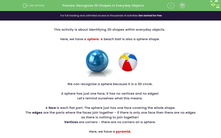This activity is about identifying 3D shapes within everyday objects.
Here, we have a sphere. A beach ball is also a sphere shape.
.jpg)
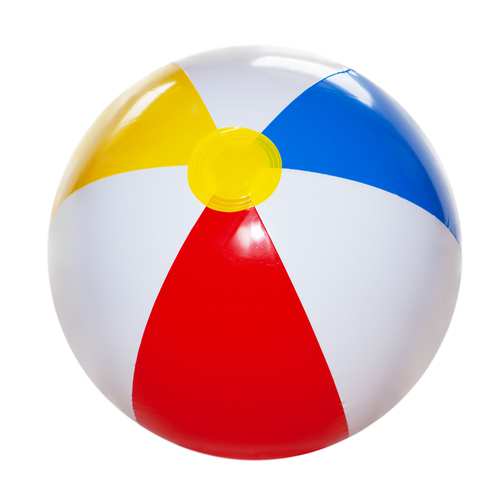
We can recognise a sphere because it is a 3D circle.
A sphere has just one face, it has no vertices and no edges!
Let's remind ourselves what this means.
A face is each flat part. The sphere just has one face covering the whole shape.
The edges are the parts where the faces join together - if there is only one face then there are no edges as there is nothing to join together!
Vertices are corners - there are no corners on a sphere.
Here, we have a pyramid.
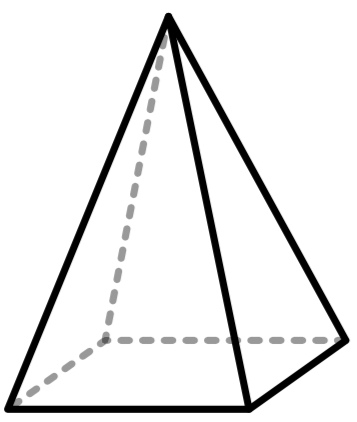
We can recognise a pyramid because it is a 3D triangle.
This has 5 faces, 5 vertices (corners), and 8 edges.
The faces are triangle-shaped and this shape has a square at the bottom of the shape.
This type of pyramid is called a square-based pyramid.
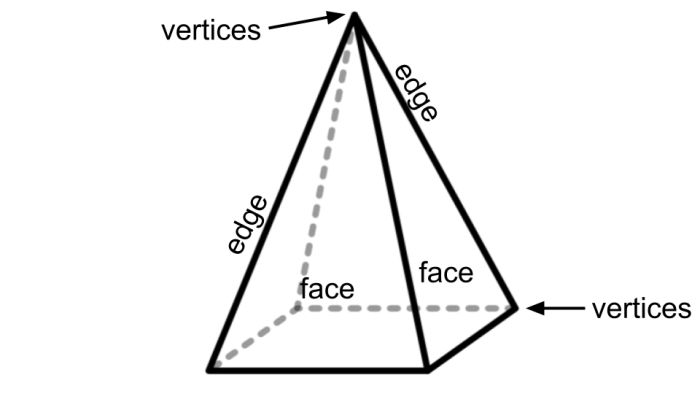
There are not many everyday objects that are a pyramid shape, but this Mayan structure is a pyramid shape.
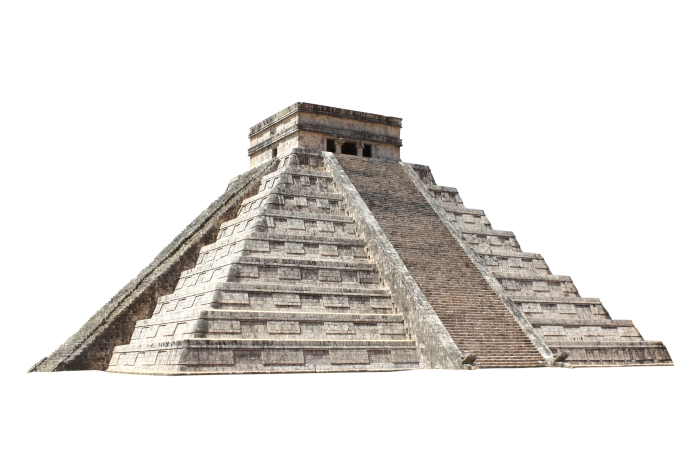
Here, we have a cube. Dice are also cube-shaped.

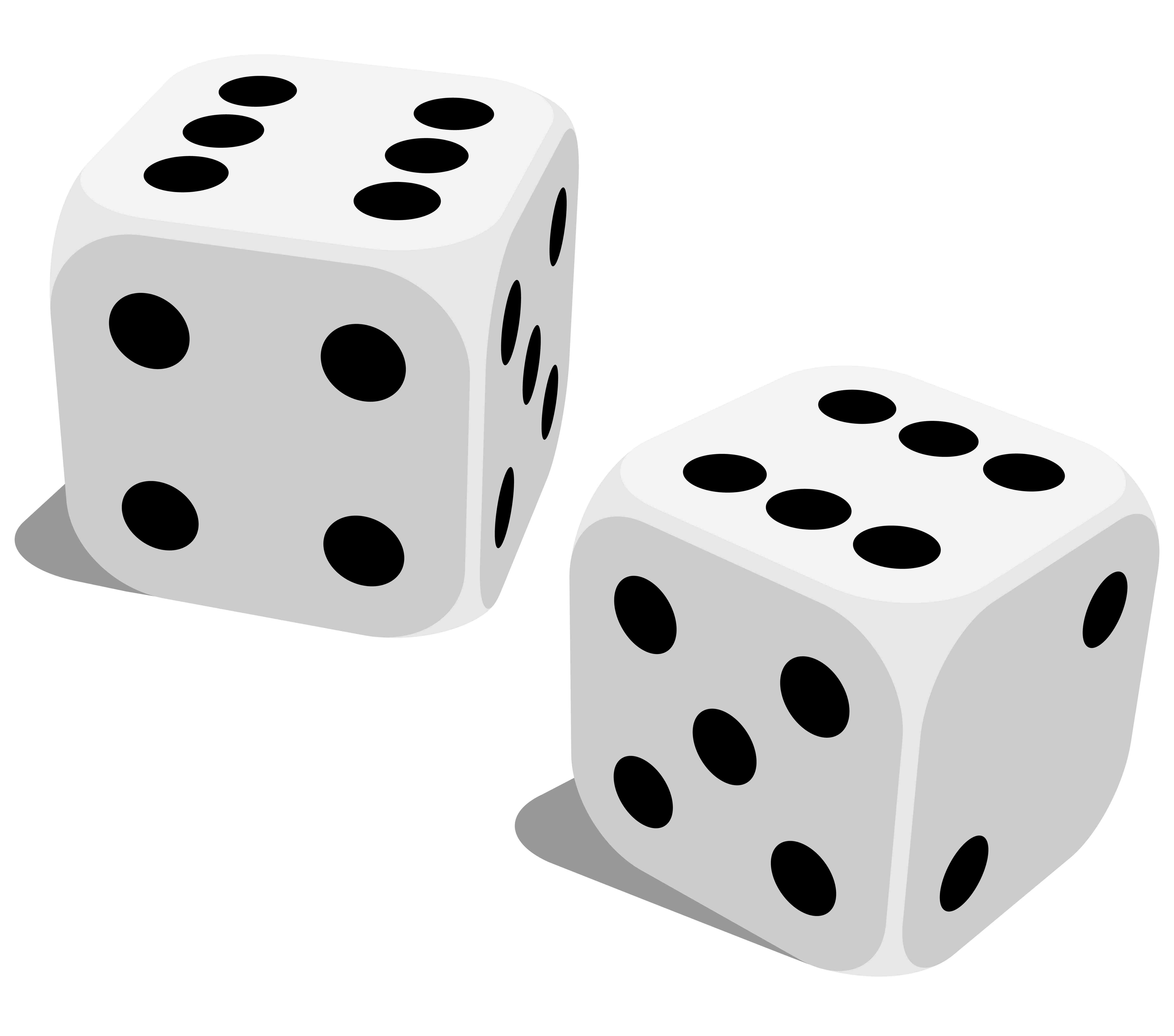
We can recognise a cube because it is a 3D square.
A cube has 6 faces, 12 edges, and 8 vertices.
Let's have a look at what this means again.
A face is each flat part. A cube only has square faces.
The edges are the parts where the faces join together.
Vertices are corners.
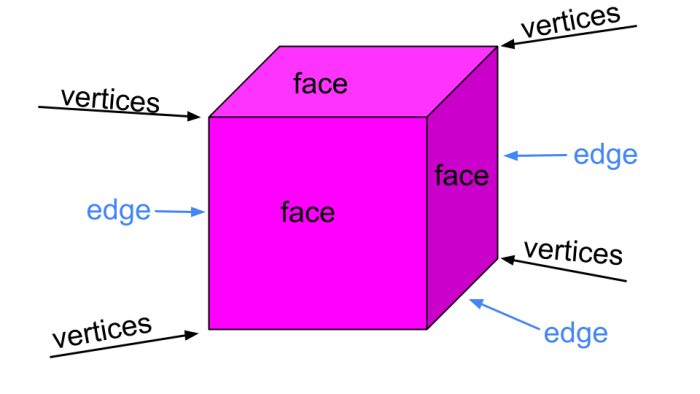
Here, we have a cuboid.
This tissue box is also a cuboid shape.
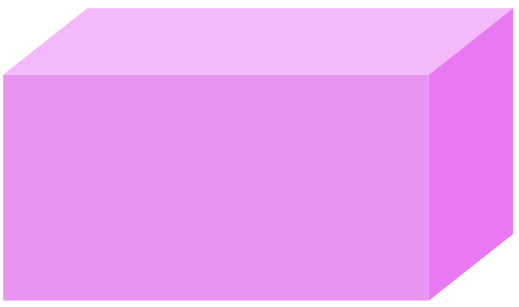
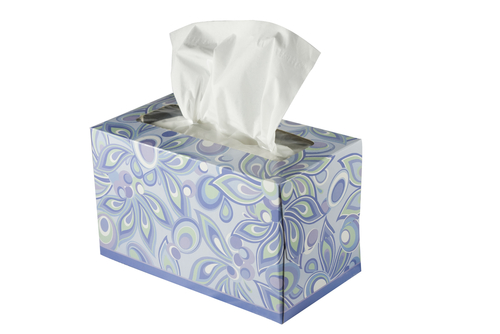
We can recognise a cuboid because it is a 3D rectangle.
A cuboid also has 6 faces, 12 edges, and 8 vertices.
The difference between a cuboid and a cube is that the cuboid is a mixture of rectangular-shaped faces and square faces, whereas a cube has all six faces that are squares.
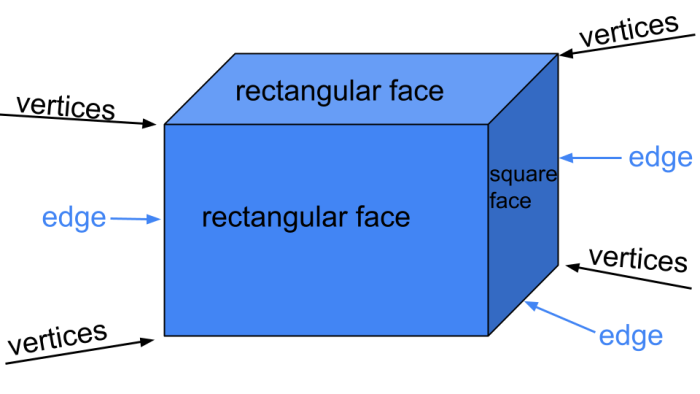
A cuboid could also have all rectangular faces like this:
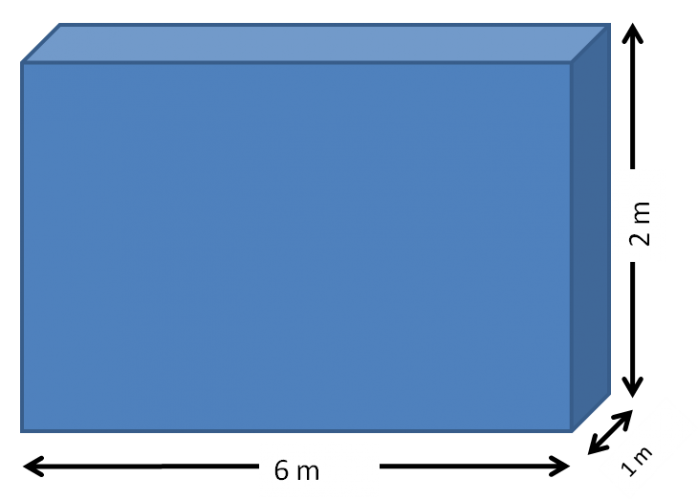
Shall we have a go at some questions now?


